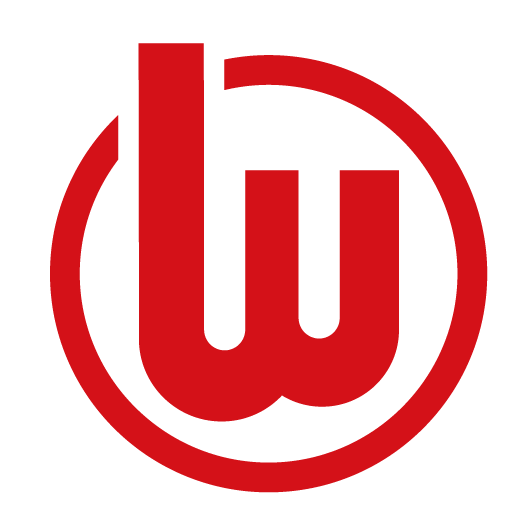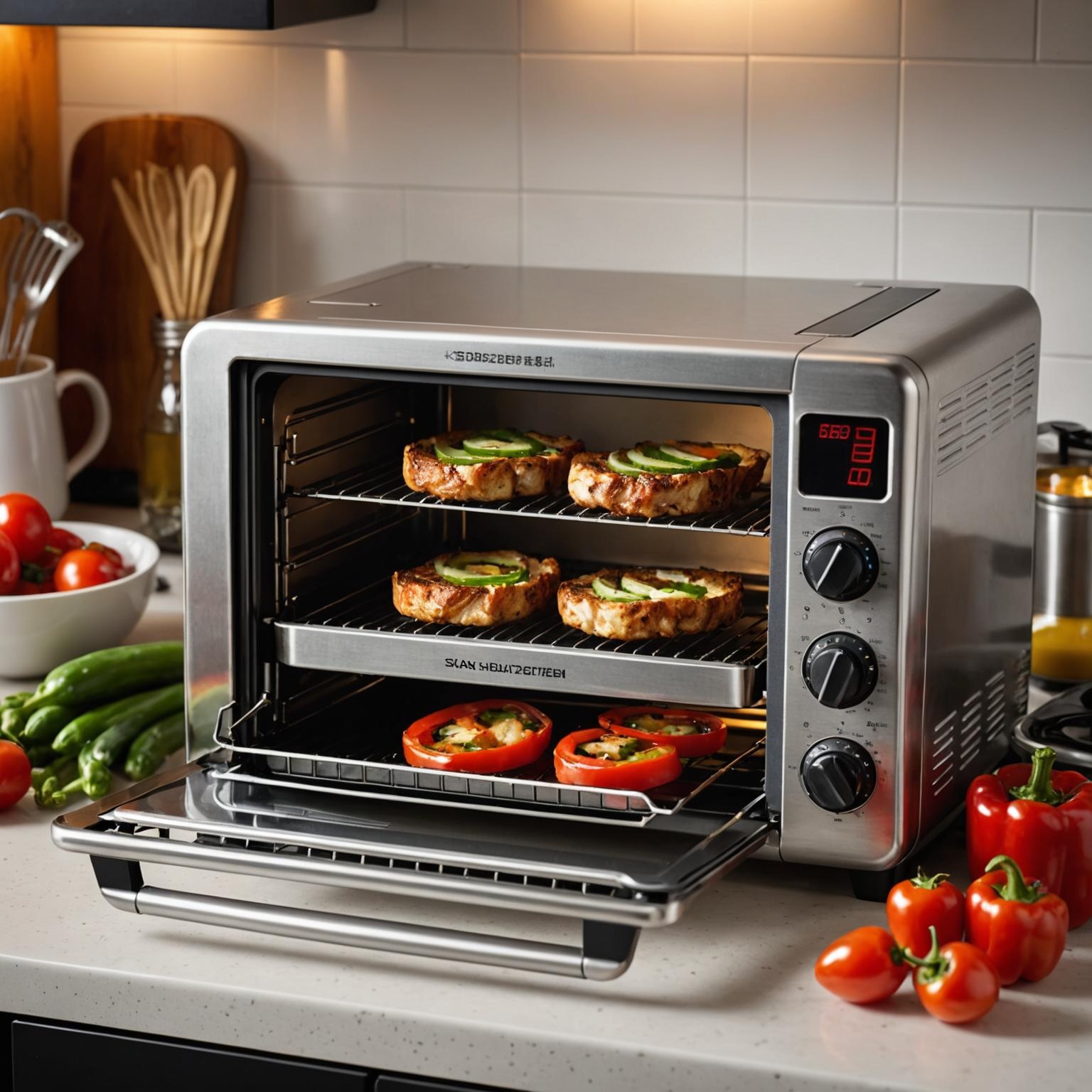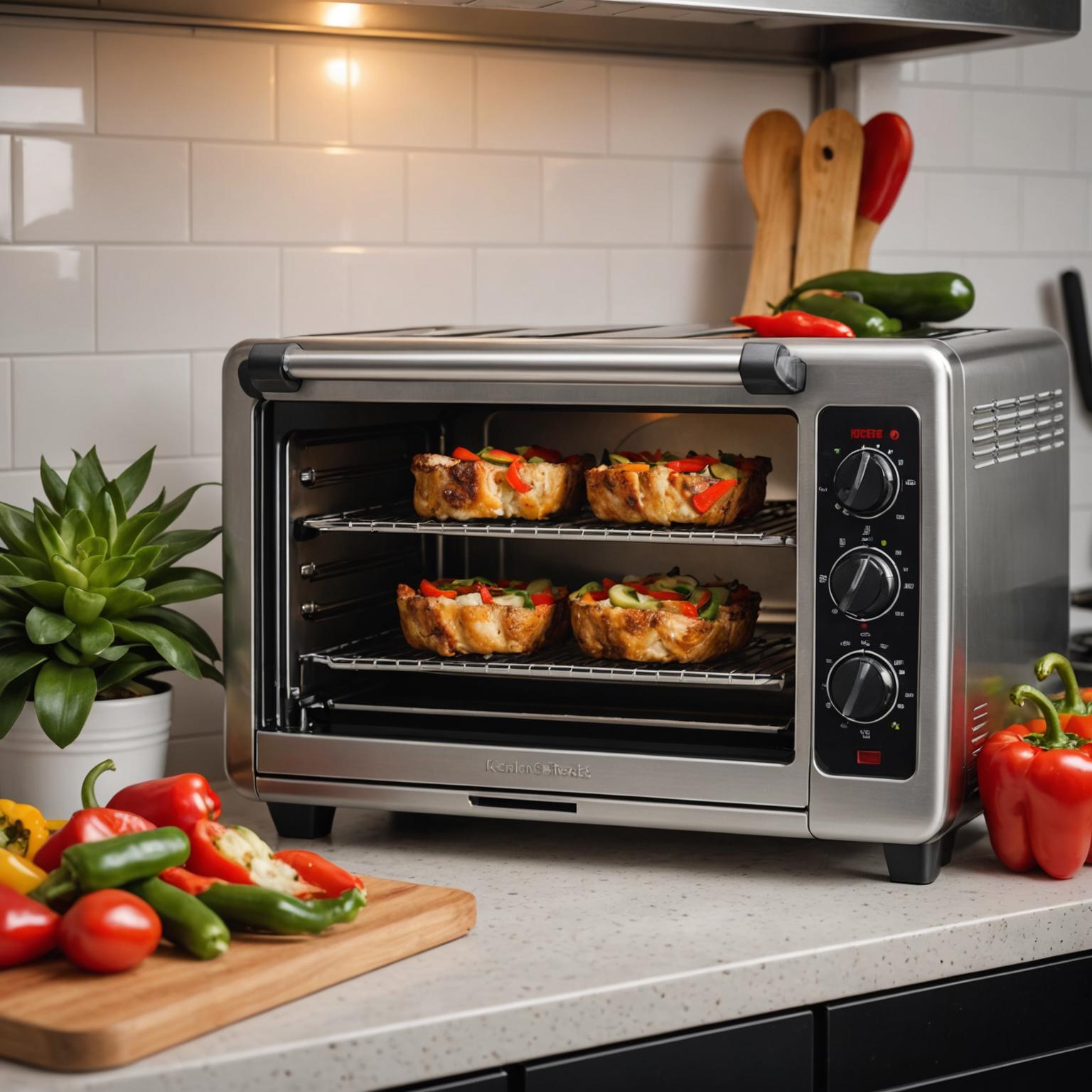In the world of modern technology, many of the most critical components work silently behind the scenes. The industrial heating tube is a prime example of such an unsung hero, forming the backbone of countless processes across various sectors. The current trend is an increasing demand for higher efficiency, precision, and speed, not just in large-scale manufacturing but also in sophisticated consumer products. This evolution is pushing engineers to innovate, developing heating technologies that are more reliable, faster, and tailored to specific applications, fundamentally changing how we apply thermal energy in our daily lives and industries.
The Core of Modern Heating: Electric Resistance Heaters
The fundamental technology driving this trend is the electric resistance heater. This device operates on the principle of converting electrical energy into thermal energy by passing a current through a resistive material. The quality and design of the internal heating elements are paramount to the device's overall performance. In today's market, the focus is on achieving uniform heat distribution and maximizing energy efficiency. Poorly designed heating elements can lead to hot spots, inconsistent performance, and wasted energy. As a result, there is a clear trend towards using advanced alloys and manufacturing techniques to create components that deliver consistent, controllable heat, ensuring reliability whether used in a sprawling industrial complex or a high-end countertop oven.
Design and Specifications: The Blueprint for Performance
Achieving peak performance is impossible without meticulous attention to design and specifications. The resistance tube design is a highly specialized field where every detail matters. Key heating tube specifications, such as sheath material, wattage density, voltage, and physical dimensions, must be perfectly matched to the intended use. For applications demanding longevity and hygiene, the stainless steel heating tube has become an industry standard due to its excellent corrosion resistance and durability. The ongoing trend is a shift from generic, off-the-shelf parts to bespoke solutions. A carefully considered resistance tube design ensures optimal heat transfer, minimizes thermal loss, and adheres to stringent international safety and quality certifications, reflecting a commitment to engineering excellence.
The Demand for Speed and Versatility
In a fast-paced world, efficiency is directly linked to speed. This has led to a significant market trend favoring quick heating elements that can reach operational temperatures in a fraction of the time required by older technologies. This rapid response is crucial in reducing cycle times in manufacturing and enhancing user experience in consumer goods. The versatility of these components is another driving factor in their widespread adoption. The range of resistance heating applications is broader than ever, spanning from curing composites in the aerospace industry to sterilizing equipment in healthcare and perfecting culinary creations. A modern stainless steel heating tube, for example, can be engineered for diverse resistance heating applications, showcasing the adaptability required to meet today's complex demands.
The Future of Heating Technology
The journey of the industrial heating tube is one of constant innovation. The overarching trends of greater efficiency, rapid thermal response, and application-specific design are shaping the future of the industry. From the materials used in heating elements to the precision of the manufacturing process, every aspect is being refined to meet higher standards of performance and reliability. As technology continues to advance, the demand for high-quality, certified components will only grow, ensuring that these essential devices continue to power progress across all sectors with unparalleled precision and control.






